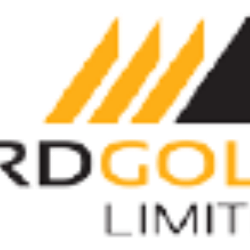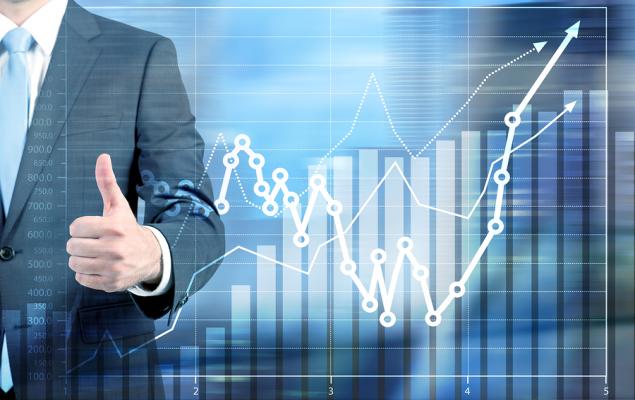
DRD
DRDGOLD Limited
$30.18
0.76
(2.58%)
| Exchange: | |
| Market Cap: | 2.608B |
| Shares Outstanding: | 11.765M |
About The Company
| Sector: | Basic Materials | |||||
| Industry: | Gold | |||||
| CEO: | Daniel Johannes Pretorius B.Proc., | |||||
| Full Time Employees: | 893 | |||||
| Address: |
|
|||||
| Website: | https://www.drdgold.com |
DRDGOLD Limited, a gold mining company, engages in the surface gold tailings retreatment business in South Africa. The company is involved in the exploration, extraction, processing, and smelting activities. It recovers gold from surface tailings in the Witwatersrand basin in Gauteng province. The company was incorporated in 1895 and is headquartered in Johannesburg, South Africa. DRDGOLD Limited operates as a subsidiary of Sibanye Gold Limited.
Click to read more…
Revenue Segmentation
EPS
Earnings Call
Income Statement
(* All numbers are in thousands)
Balance Sheet
(* All numbers are in thousands)
Cash Flow Statement
(* All numbers are in thousands)
Analyst Estimates
(* All numbers are in thousands)


